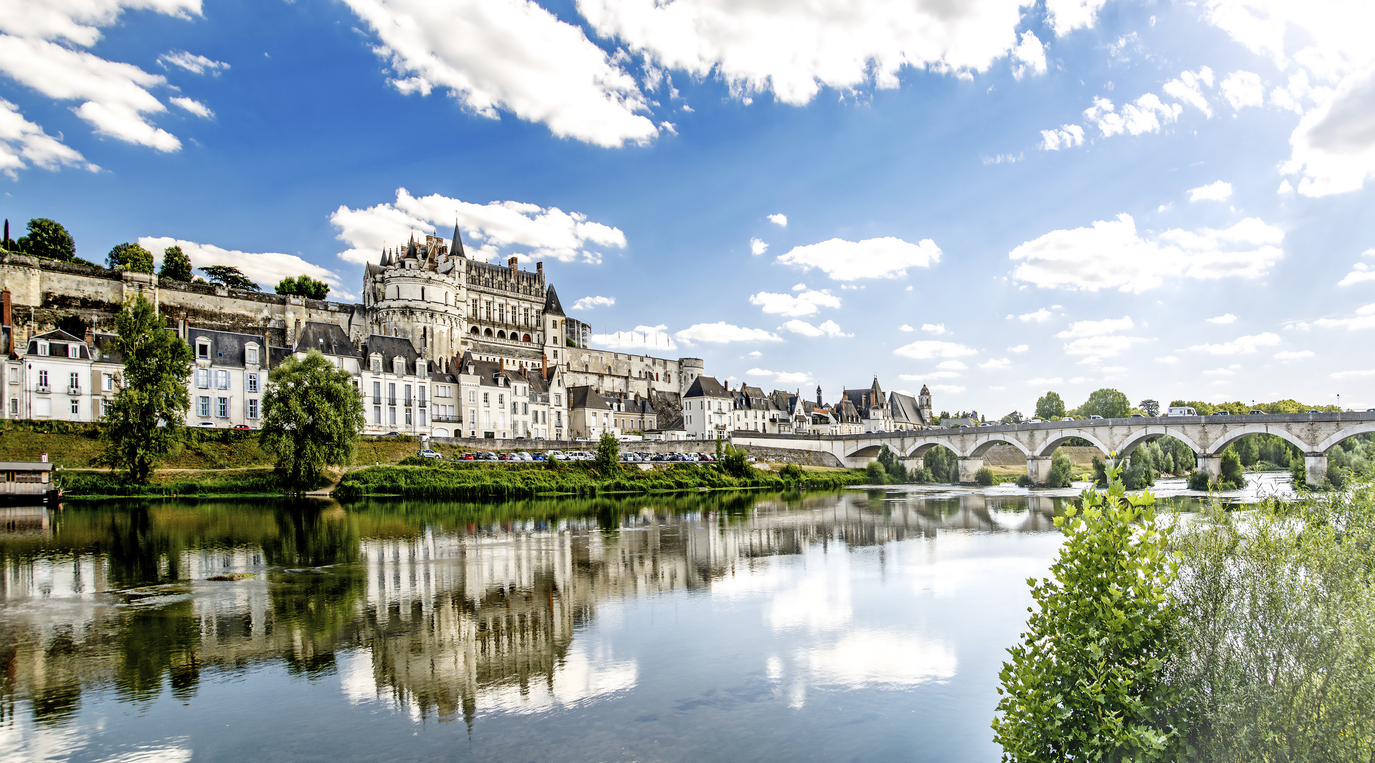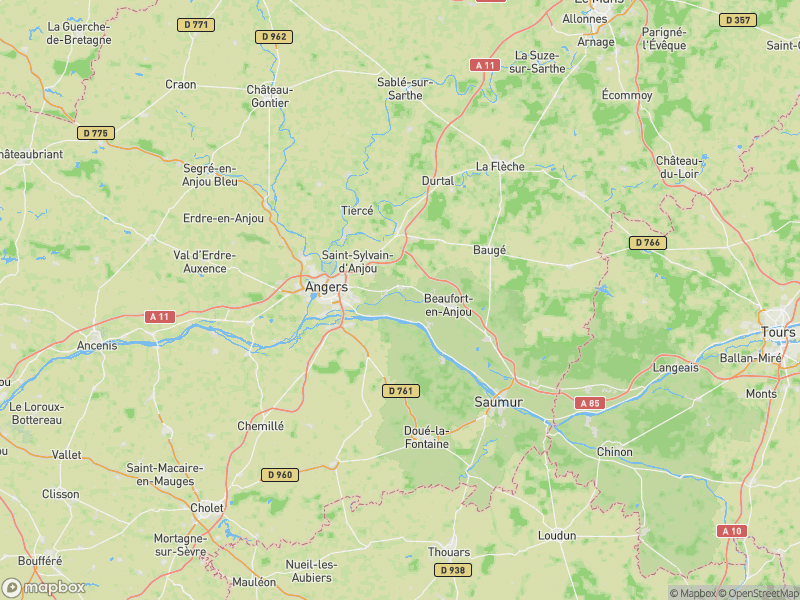Terroir of Loire Valley
The Loire Valley's terroir is a tapestry woven from its diverse climates and soils. Starting in Pays Nantais, the maritime climate offers mild, damp conditions ideal for Muscadet. Moving east to Anjou-Saumur and Touraine, a temperate maritime climate nurtures Chenin Blanc and Cabernet Franc. In the Central Loire, a continental climate with cold winters and hot summers enhances the sharp acidity of Sauvignon Blanc, though spring frost poses challenges.
Soil variety adds another layer of complexity. Pays Nantais features igneous and metamorphic rocks, while Anjou's dark schist and slate yield mineral-rich wines. Saumur & Touraine's tuffeau limestone is crucial for Chenin Blanc and Cabernet Franc. Central Vineyards' limestone soils, including silex and Kimmeridgian marl, impart distinctive aromas and flavors. The region's troglodyte caves, carved from tuffeau, provide ideal conditions for aging wines, underscoring the Loire's historical and geographical richness.
Notable Wineries in Loire Valley
The Loire Valley, a region renowned for its viticultural history, is dotted with exceptional wineries, each contributing to its esteemed reputation. Notable among them is Domaine Huet in Vouvray, celebrated for its Chenin Blanc, which embodies the essence of biodynamic viticulture. Clos Rougeard in Saumur-Champigny crafts revered Cabernet Franc, known for its cult status. Meanwhile, Didier Dagueneau in Pouilly-Fumé revolutionizes Sauvignon Blanc with biodynamic practices, producing complex wines like Silex. In Chinon, Charles Joguet elevates single-vineyard Cabernet Franc, while Nicolas Joly of Coulée de Serrant in Savennières is a venerable figure in biodynamics, crafting profound Chenin Blanc.
These producers, along with others like Domaine Vacheron in Sancerre and Domaine de l'Ecu in Muscadet, illustrate the Loire's commitment to excellence and innovation, making it a cornerstone of French winemaking.
Sustainable Winemaking in Loire Valley
The Loire Valley is at the forefront of sustainable winemaking, with a goal to have all vineyards environmentally certified by 2030. Currently, 65% of its vineyards are certified or in transition. This movement, inspired by pioneers like Nicolas Joly, is driven by the belief that healthy soil leads to robust vines.
The region views vineyards as entire ecosystems, emphasizing soil health using compost, cover crops, and biodiversity. Integrated Pest Management (IPM) and canopy management help reduce chemical use. Winemakers often use native yeasts and gravity-fed systems, while technology like the e-Terroir platform aids precise decision-making. Lighter glass bottles also help cut carbon emissions. Certifications vary, including Organic, Biodynamic, and HVE (Haute Valeur Environnementale), sparking debate among producers over standards but underscoring a deep commitment to a sustainable future.
Wine Tourism in Loire Valley
The Loire Valley is an ideal destination for wine tourism, offering a captivating blend of wine, history, and culture. With 17 official wine routes, the region invites exploration through unique activities. Cycling along the "Loire à Vélo" trail or touring vineyards on electric scooters adds adventure to your journey.
Visitors can explore ancient troglodyte cellars, uncovering both wine and underground art. Seasonal wine festivals like Vitiloire and Vignes, Vins, Randos enrich the experience with tastings and local foods. The Loire's gastronomy celebrates pairings such as Sancerre with goat cheese and Muscadet with oysters. Each visit offers a chance to learn about biodynamic farming and savor the region’s diverse wines, from Chenin Blanc to Cabernet Franc. As the Loire Valley embraces sustainability, it continues to be a beacon of innovation and tradition in French winemaking.


















































